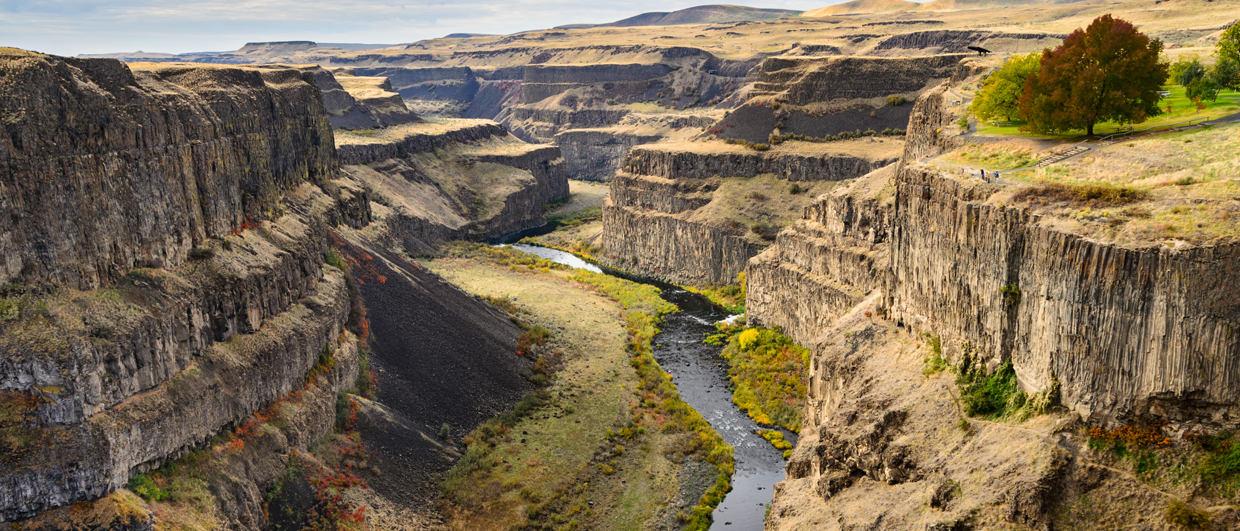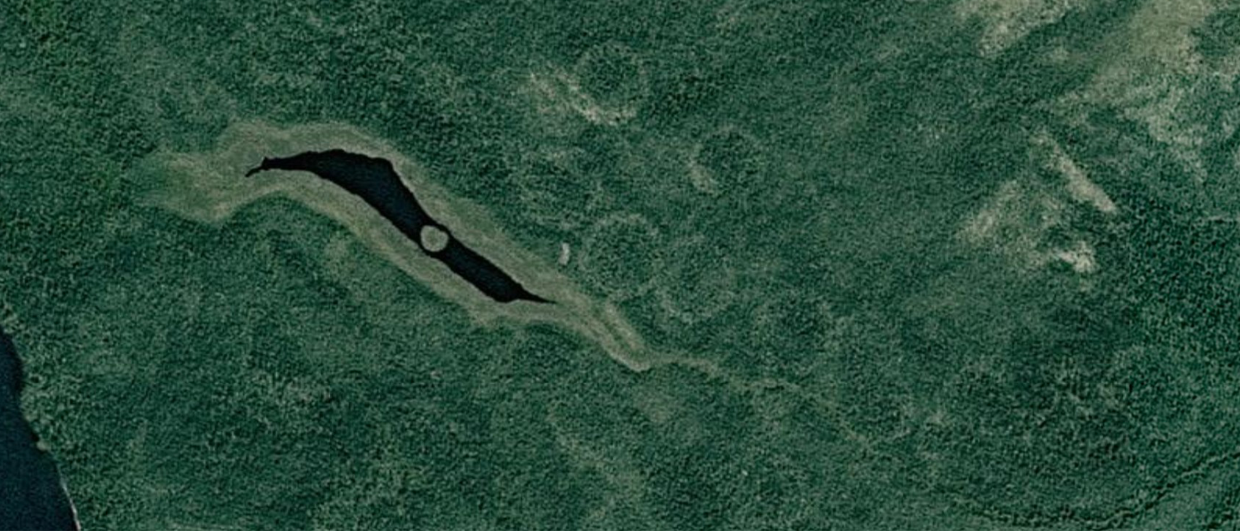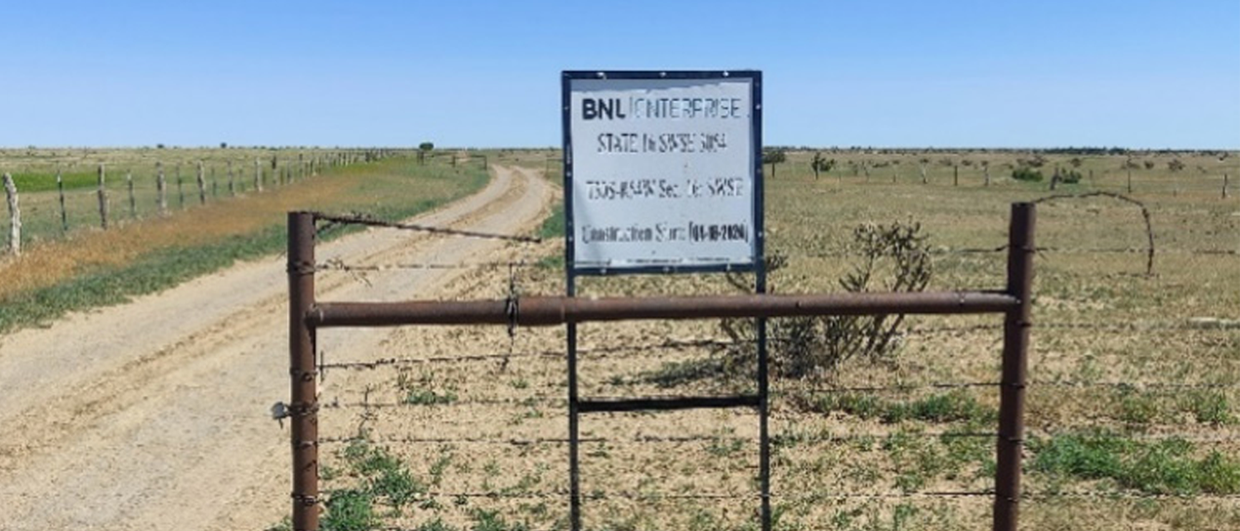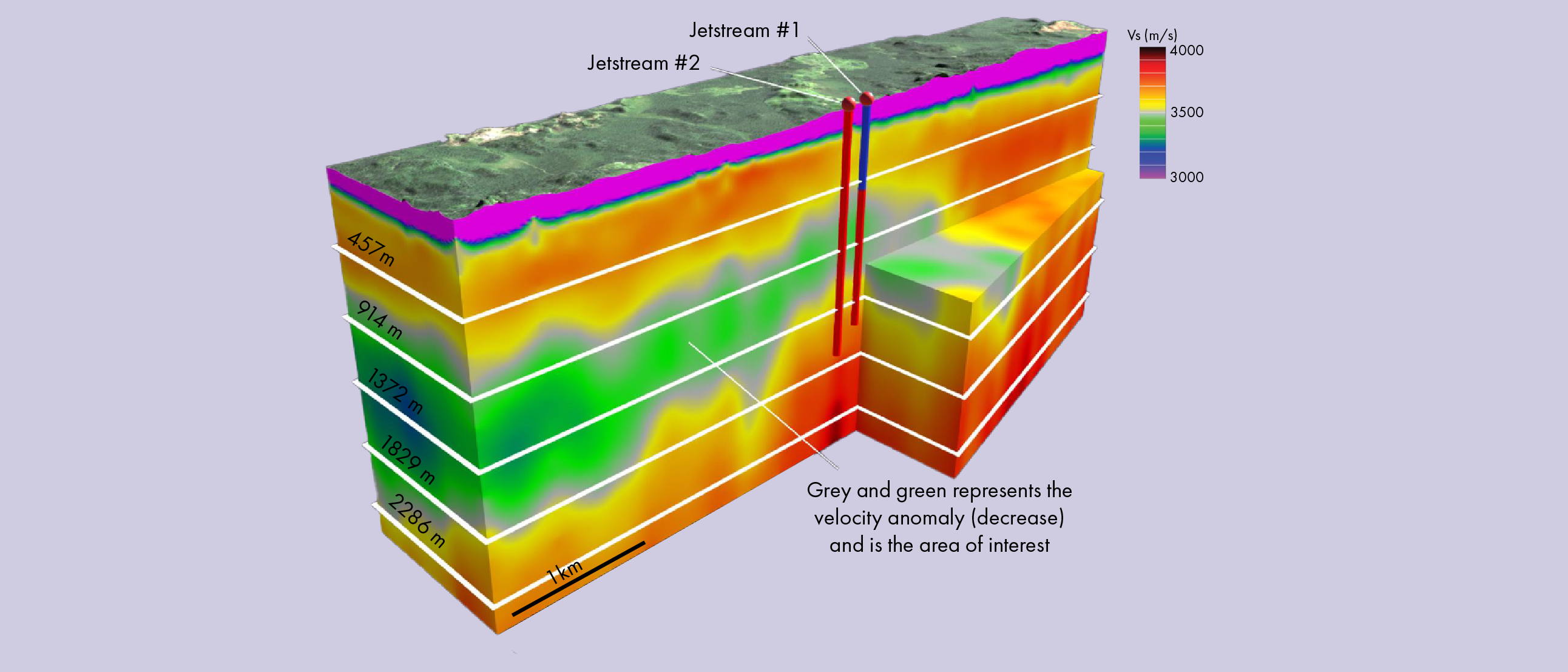 The company describes itself as a technology-enabled exploration firm that leverages industry expertise, proprietary data, specialised exploration tools, and advanced data analytics to facilitate large-scale natural hydrogen production.
The company describes itself as a technology-enabled exploration firm that leverages industry expertise, proprietary data, specialised exploration tools, and advanced data analytics to facilitate large-scale natural hydrogen production.
Backed by over $400 million in investments from organisations such as Bill Gates’ Breakthrough Energy Ventures and Amazon’s Climate Pledge Fund, Koloma has some serious cash to play with. In recent years, operating divisions of Koloma have drilled wells in Kansas and Iowa, but little information has been released. Now, Koloma has been granted a drilling permit for Canyon County, Idaho.
In Idaho, Koloma operates under the name ‘Cascade Exploration’. They have received a permit to drill the vertical Twin Peaks 1W stratigraphic test well, located 50 km northwest of Boise. The drilling rig has been secured, and exploration efforts are set to start November 2025. The permit application emphasises that “the well will be drilled for stratigraphic and geological information purposes only and will not be completed as a producing well.” The primary goal is to gather data that will inform decisions on where and how to drill future production wells and whether further exploration is justified.
The well is targeting a thick succession of Miocene volcanic rocks and interbedded sedimentary formations, including the Colombia River Flood Basalts, and is projected to reach a total depth of 3,658 m, in Lower Miocene intrusive and extrusive mafic deposits. The nearest known hydrogen occurrence is located 470 km away, on the other side of Idaho.
So why has Cascade Exploration selected this location?
The USGS hydrogen prospectivity map indicates a medium chance of success for the Twin Peaks well location. They predict a strong likelihood of finding high-quality reservoir rocks, presumably sandstones in the Poison Creek and Payette formations, as well as good potential for encountering rocks with sealing properties, likely mudstones within the aforementioned formations or the intercalated volcanic rocks from the flood basalt province. However, the existence of a hydrogen source is more questionable. The mafic, as opposed to ultramafic, nature of the igneous rocks makes significant hydrogen formation through serpentinisation reactions unlikely.
Hydrogen generation through radiolysis is more plausible given that the geology is favourable for elevated concentrations of uranium. Nonetheless, the chances of generating economic quantities of hydrogen are low. According to the USGS, the most likely scenario is that hydrogen would originate from a deep source. High heat flow has been reported in the area, which is often associated with geothermal fluid circulation, potentially facilitating hydrogen migration from deeper down.
From an outsider’s perspective, this wildcat well appears very risky, but Koloma’s AI model evidently holds a different view. Meanwhile, Shelley Brock from Citizens Allied for Integrity and Accountability has raised concerns that Cascade Exploration might be prospecting for hydrocarbons under the guise of natural hydrogen. Natural gas and liquid condensate are currently produced in Payette County, adjacent to Canyon County.





